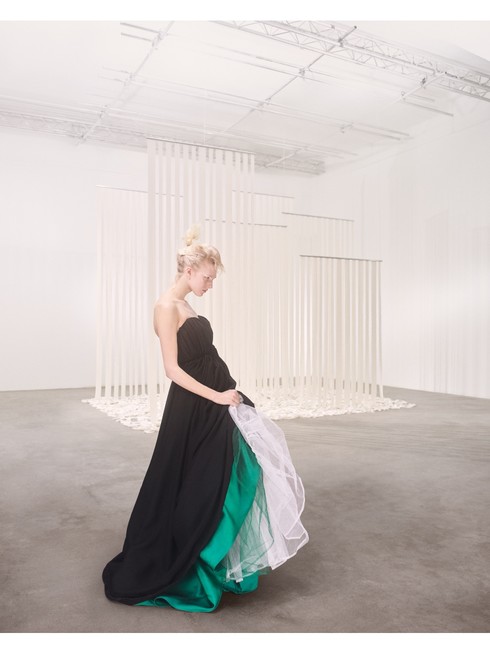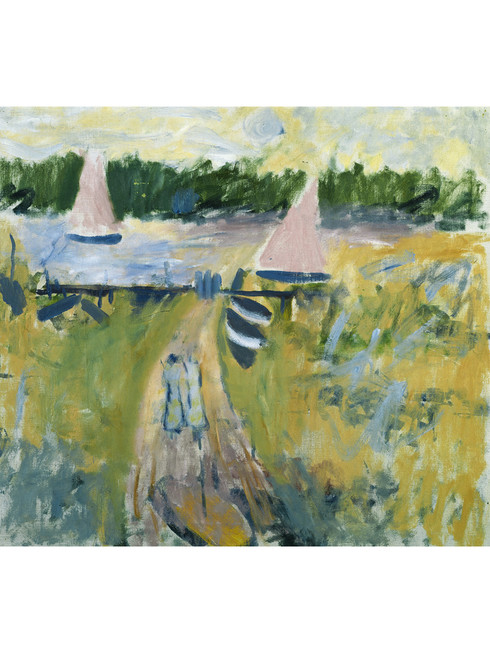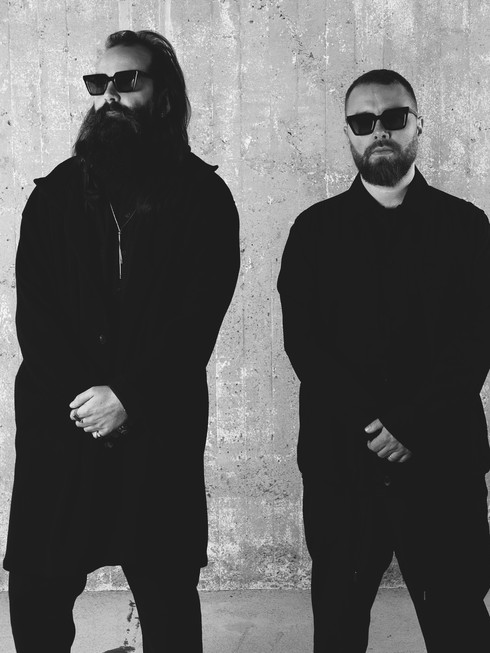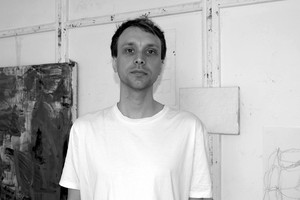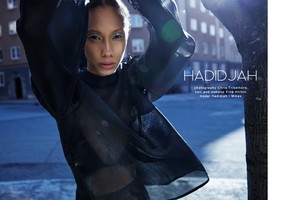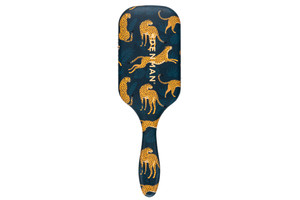Zalando debuts “The Art of Remade”, a limited capsule collection of love pieces by Designers Remix
Written by Jahwanna BerglundZalando, a leading European online platform for fashion and lifestyle launches “The Art of Remade,” to introduce a new limited-edition collection by Designers Remix for Zalando. The aim is to give customers a sneak peek into the art of creating a collection by utilising old fabric to make something new and in the process, putting the beauty of craftsmanship front and centre. The process is equivalent to creating art - something that has a vision, handmade elements and crafted with care. Something unique that has longevity at its core—a collection of love pieces.
To celebrate the collection by Designers Remix, Zalando puts craftsmanship at the forefront by merging the artistic vision of Designers Remix and Set Designer, Fatima Fransson. Fatima Fransson created an art installation for the campaign by reclaiming fabric from previous projects, resulting in an abstract textile univers of long stripes hanging from multiple aluminium pipes. The outcome is a spectacular contemporary piece that highlights the collection in a new and inspiring way. With this project, Zalando seeks to merge the world of fashion and art as both mediums encapsulate personal style, reflecting the creators personality and how they feel in daily life as they are means for them to express themselves creatively.
Tell us a little bit about the inspiration behind and the start of the capsule collection with Zalando.
Designers Remix is a Danish fashion brand, where responsibility and style go hand-in-hand since 2002. We have always worked with the upcycling concept strongly rooted in our minds and the aim to make fashion better.
Working with upcycling although is not always easy, especially in terms of inventory. We are used to design only a few unique pieces in limited quantities, one or two max. This exclusive collection was a real challenge, but Zalando was the perfect match. The entire team was super nice, and they trusted us since the beginning, almost two years ago.
The Art of Remade is an exclusive collection, made of deadstock garments and different fabrics, with a vintage twist. All pieces are handcrafted in our studio in Copenhagen. The collection is a contribution to women and explores the contrast between masculine and feminine, combining old prom dresses, utility shirts, dad core blazers, baroque inspired jacquards and wonderful fluffy tulle fabrics.
If you had to choose two pieces from the collection to wear all summer, which ones would it be?
Definitely the Carrie Halter Dress and the Steve Half Blazer. Two iconic pieces that need to be in everyone’s wardrobe this summer. You can either combine them or wear them separately. You will always stand up, no matter the occasion.
Where is the majority of the fabrics resourced from?
Resourcing the fabrics wasn’t an easy process. On the contrary, if we started this collaboration two years ago, it is primarily for this reason. We worked closely with Zalando to find the right garments, which were then incorporated into this collection.
What are you most proud of so far, during your design journey?
Through the entire design process my absolute goal was to create a coherent and cohesive collection in the most responsible way. We like to define us as one of the brand pioneers of upcycling, only a few companies were doing it back in 2002, and realising that we managed to create an entire collection of 20 different styles, from deadstock fabrics, all hand made in Copenhagen, is such a great and fulfilling achievement.
What have been the most challenging aspects?
Transforming unsold materials into new products of higher value can present several challenges. The biggest one was for sure maintaining consistency in the upcycling process, especially when dealing with diverse materials and sources. Scaling up production in our tiny studio was also complicated and chaotic. We had so much stuff in the office, boxes all over the place and the sewing machine on all day, every day – but at the end everything was so satisfying.
What can we expect in the near future from Designers Remix?
You have to keep your eyes and ears wide open. We have a lot of new things coming up that of course cannot be shared yet. Upcycling and uniqueness will be the key features for the future. As mentioned before, our aim is to make fashion better, bringing awareness throughout the industry, that’s why we will try our best to bring the art of remade in our main collections as well.


